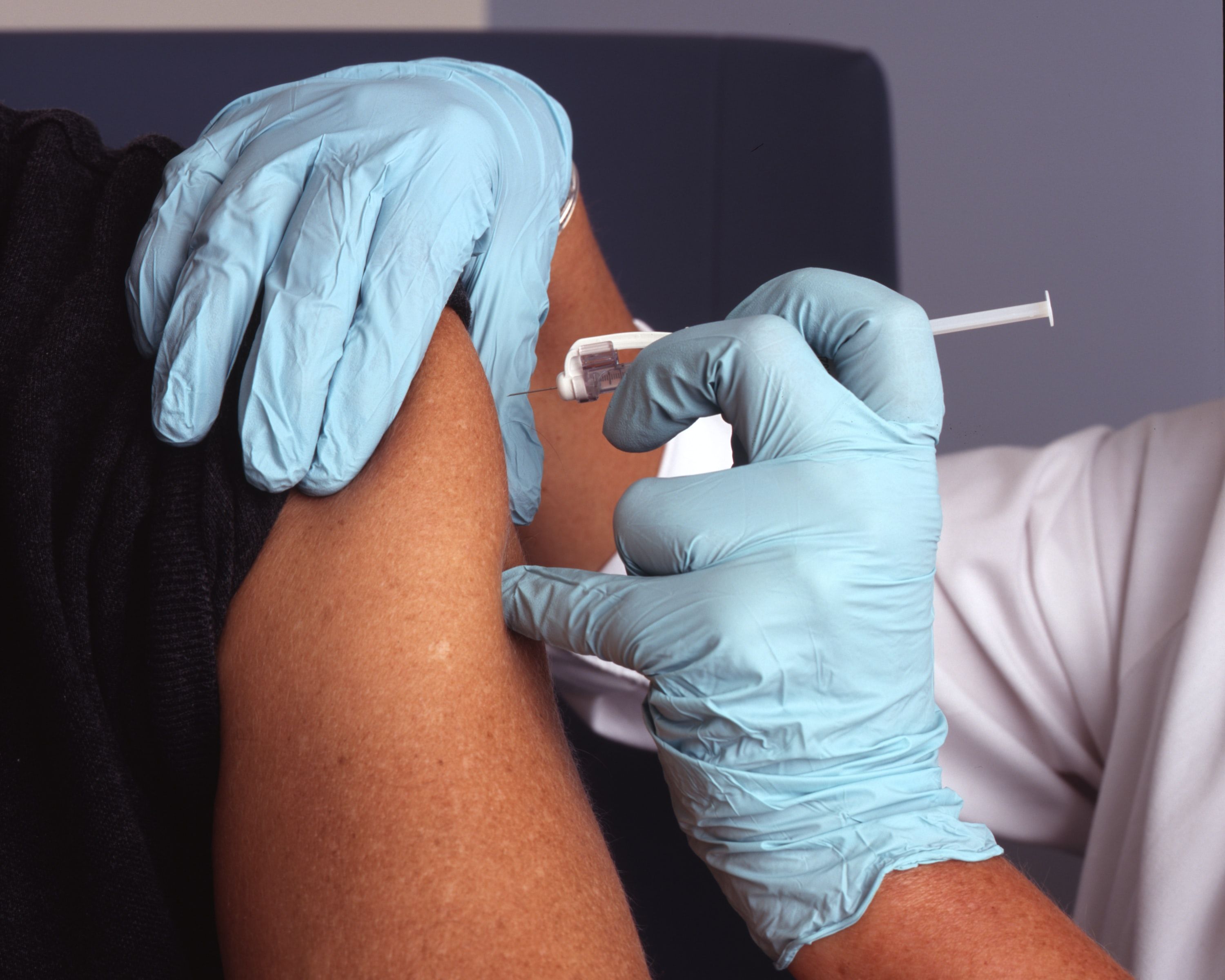Advances May Pave the Way for an HCV Vaccine
Increased understanding of HCV protective immunity and HCV envelope glycoprotein structure and function may propel development of an HCV vaccine.

Eliminating viral hepatitis C as a major public health threat is likely to require a vaccine, which could also save billions of dollars.
Anna Offersgaard, Jens Bukh and Judith Gottwein of the Copenhagen Hepatitis C Program (CO-HEP) outlined progress toward development of a HCV vaccine in a recent perspective in Science. Studies shedding light on HCV protective immunity and HCV envelope glycoprotein structure and function are key to efforts to develop an HCV vaccine.
“In preclinical studies, a range of HCV vaccine candidates has been explored – based on viral vectors, recombinant inactivated viruses, virus-like particles (VLPs), nanoparticles, recombinant proteins, peptides, DNA, and mRNA – showing varying immunogenicity,” the authors wrote. “Among these, only one candidate has proceeded to a clinical protection study.”
A viral vector vaccine targeting nonstructural proteins induced HCV-specific T cells in a trial in 2021 but didn’t protect against infection.
A vaccine candidate targeting B cells was protective in chimpanzees but immunogenicity was low and less than half of those vaccinated mounted neutralizing antibodies.
“Rational design of next-generation vaccines is now guided by improved understanding of HCV protective immunity, viral immune escape mechanisms, and the structure of the HCV envelope glycoproteins and neutralizing epitopes,” the authors wrote.
Viral clearance is seen in about 25% of cases, with studies showing humoral and cellular immune responses. Clearance could be attributed to neutralizing antibodies or T cells.
“A protective vaccine may need to engage both arms of the adaptive immune system,” the authors wrote.
Development of a vaccine has been complicated by factors such as virus diversity, incomplete understanding of immune responses and limitations on models for testing.
“Overcoming HCV immune escape mechanisms requires rational vaccine design based on the molecular understanding of viral features and host protective immunity,” the authors wrote. “In the absence of robust immunocompetent animal challenge models, efforts should be directed at aligning assays for evidence-based characterization and prioritization of vaccine candidates and at facilitating accelerated clinical vaccine testing. Experiences gained on the cumbersome path toward an HCV vaccine might inform vaccine development for other complex viral targets.”
The authors said the World Health Organization goal to eliminate viral hepatitis as a public health threat by 2030 appears unrealistic. About 1.5 million people are infected with HCV globally each year, and HCV-induced liver disease causes about 290,000 deaths. About 80% of chronic HCV infections are undiagnosed.
Michael Houghton, PhD, who codiscovered the virus, recently spoke with Contagion about his work developing an investigational vaccine.
He said vaccine development has been slowed by the lack of animal models, the challenge of growing cell cultures, and limited interest from biopharmaceutical companies.
The Biden administration has committed $11 billion dollars to fight HCV over the next five years, including establishment of the National Hepatitis C Elimination Program to expand testing, screening, prevention and treatment of HCV.
